Caring for your feline friend involves more than just providing food and love. Grooming plays a pivotal role in maintaining your cat's health and well-being. Among the plethora of grooming tools available, slicker brushes have sparked a debate among cat owners.
Are they a boon for your cat's coat, or could they potentially cause harm? This comprehensive guide will delve into the world of slicker brushes and their impact on your cat's grooming routine.
Key Takeaways:
- Slicker brushes can be beneficial for cats, particularly in removing loose fur and preventing mats.
- It's essential to choose the right type of slicker brush based on your cat's coat type and sensitivity.
- Regular use of a slicker brush can contribute to a shiny coat and reduced shedding, but it must be used correctly to avoid skin irritation.
Understanding Slicker Brushes for Cats
Slicker brushes are designed with fine, wire bristles that are slightly angled to effectively remove loose hair, detangle, and eliminate matted fur. They come in various sizes and bristle lengths to accommodate different coat types. When used correctly, slicker brushes can help keep your cat's coat healthy and reduce the amount of hair shed around your home.
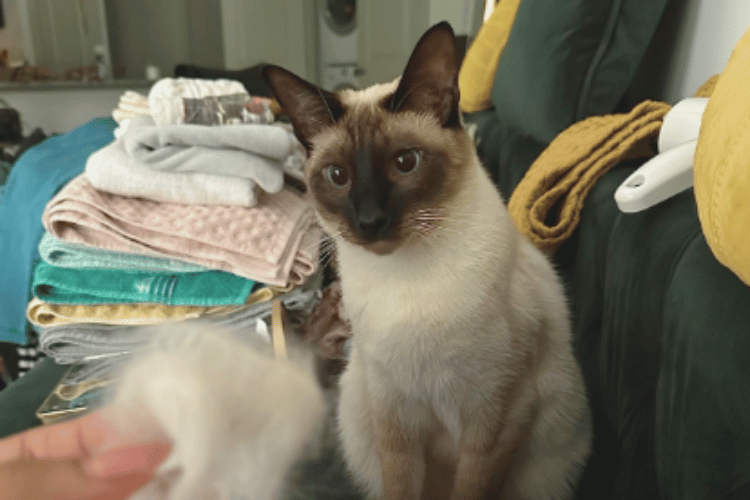
The Benefits of Using a Slicker Brush
Regular brushing with a slicker brush can offer numerous advantages for your cat. It helps to remove dead and loose hair, preventing it from being ingested during self-grooming, which can reduce hairballs. Additionally, brushing distributes natural oils throughout your cat's coat, enhancing its shine and health.
Slicker Brushes and Coat Types
Short Haired Cats
For short-haired cats, a slicker brush with soft bristles can effectively remove loose fur without irritating the skin. These cats typically require less grooming, but regular brushing will still contribute to a shiny coat and minimize shedding.
Long Haired Cats
Long-haired cats benefit greatly from slicker brushes as they help prevent tangles and mats. A brush with longer bristles can reach deeper into the thick fur, ensuring that the undercoat is also groomed. However, be gentle to avoid pulling on the skin.
Slicker Brushes for Sensitive Cats
Sensitive cats might find the sensation of a slicker brush uncomfortable. In such cases, opt for a brush with softer and more flexible bristles. Grooming sessions should be short and pleasant to avoid stress and build a positive association with the brush.
The Right Technique: How to Use a Slicker Brush
Using a slicker brush requires a gentle touch. Start by brushing in the direction of hair growth, applying minimal pressure. This method helps to remove loose hair without causing discomfort. Be particularly careful around sensitive areas like the face and paws.
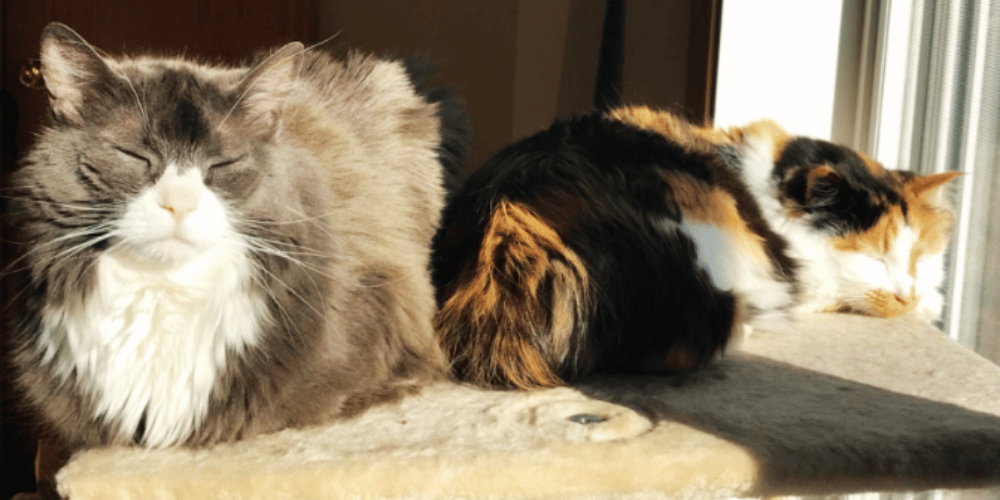
Avoiding Common Mistakes
One of the biggest mistakes cat owners make is over-brushing or using too much force, which can lead to skin irritation or brush burn. Always observe your cat's reaction during grooming and adjust your technique accordingly.
Selecting the Perfect Slicker Brush
When choosing a slicker brush for your cat, consider factors like the brush head size, bristle length, and handle ergonomics. A self-cleaning slicker brush with a fur ejector button can make the grooming process more convenient for both you and your cat.
The Role of Slicker Brushes in Preventing Matted Fur
Matted cat fur can be painful and lead to skin issues. Regular use of a slicker brush can prevent mats from forming, especially in long hair cats. For existing mats, a slicker brush can help untangle the fur, but be cautious to avoid tugging on the skin.
The Evolution of Cat Grooming Tools Cats have been domesticated for thousands of years, and with this long history comes the evolution of grooming tools designed to keep their coats healthy and beautiful.
From the rudimentary combs of the past to the modern-day slicker brush for cats, these tools have been refined to address the specific needs of a cat's fur. The best cat brushes now feature soft teeth or boar bristles that are gentle on a cat's skin while effectively removing excess fur and distributing natural oils throughout the cat's coat.
In recent years, innovations like the self-cleaning slicker brush have made grooming sessions more convenient for pet owners. These brushes are designed with a mechanism that retracts the stainless steel teeth, allowing for easy removal of collected hair.
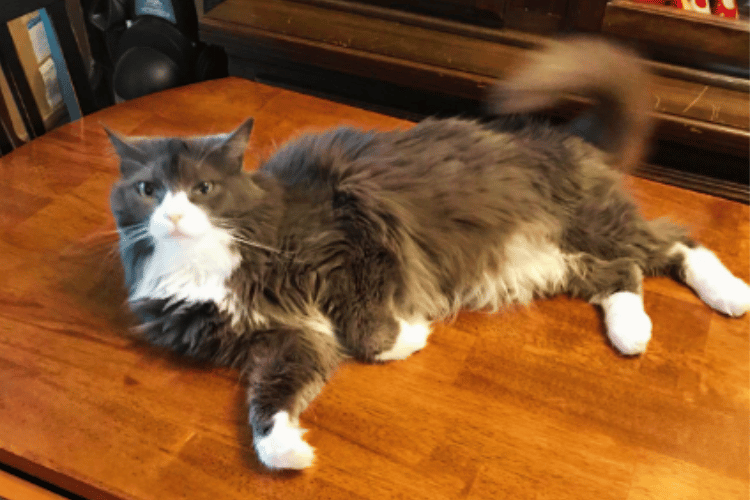
This feature not only saves time during the brushing session but also encourages pet owners to maintain the habit of grooming their cat daily. By keeping up with regular grooming, cat owners can help prevent the formation of matted hair, especially in long-haired cats, and contribute to the overall well-being of their feline friends.
Special Considerations for Different Coat Types When it comes to grooming, not all cat coats are created equal. Long coated cats require a different approach compared to their short-haired counterparts. For long fur, a slicker brush with thin teeth can be particularly effective in gently detangling the hair and reaching the cat's undercoat without causing discomfort. These brushes are adept at removing hair that is shedding while also helping to prevent mats and tangles in breeds with thick coats.
Short haired cats, on the other hand, may benefit from a pin brush or a moulting comb that can remove dead hair and keep their coat sleek without over-penetrating the cat's skin. For these cats, brushing sessions can be shorter and less frequent, but still crucial for maintaining a healthy coat. Regardless of the type of cat's fur, using the right cat grooming tools is essential for promoting a shiny coat and healthy skin, as well as for minimizing the amount of cat hair that ends up on furniture and clothing.
Slicker Brushes and the Self-Cleaning Feature
Cats are known for their self-grooming habits, but even the most fastidious feline can benefit from a helping hand. Enter the self-cleaning slicker brush, a marvel in the grooming world that simplifies the maintenance of your cat's coat.
With fine, wire bristles, this brush is designed to penetrate deep into the cat's fur, removing loose hair and detangling without causing discomfort. The self-cleaning mechanism allows for easy removal of accumulated hair with a single push of a button, making the grooming session less of a chore and more of a delight for both pet and owner.
The best cat brush is one that not only effectively grooms but also enhances the overall grooming experience. The self-cleaning slicker brush does just that by offering a hassle-free cleanup. This feature is particularly beneficial for long haired cats who are prone to shedding and matting.
By using this innovative tool, pet owners can ensure their cat's fur remains free of knots and their living space free of hair clumps. It's a win-win situation where the cat's coat is kept in pristine condition, and the owner enjoys a low-maintenance grooming routine.
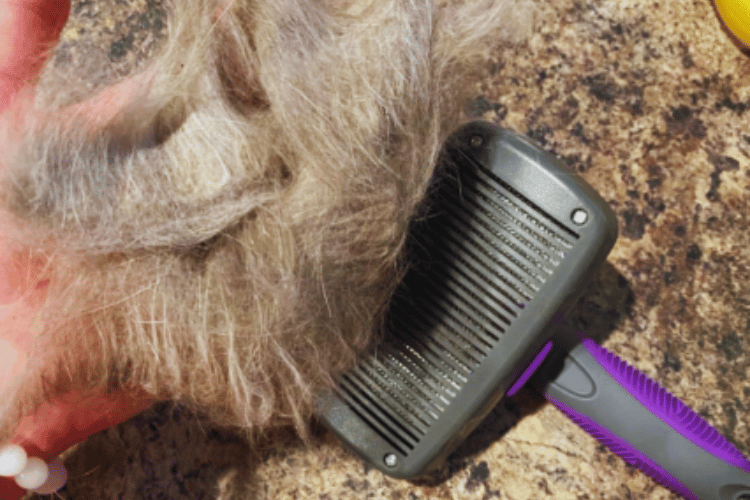
Slicker Brushes and the Variety of Cat's Coats
Cats come in a dazzling array of coat types, each with its unique grooming needs. For owners of long-haired cats, the challenge is often to prevent tangles and mats, which can be uncomfortable for the cat and difficult to remove.
A slicker brush, with its fine, tightly spaced wires, is adept at gently picking apart knots and smoothing out the fur. This makes it an indispensable tool for maintaining the luxurious mane of a long-haired feline.
In contrast, short-haired cats benefit from slicker brushes in a different way. While their coats may not tangle as readily, the brushing action helps to remove loose hair and dander, contributing to a shiny and healthy coat. The slicker brush's ability to reach down to the cat's undercoat means that it can effectively reduce shedding by capturing the loose undercoat before it has a chance to fall out. This is particularly beneficial during seasonal changes when cats are prone to shed more heavily.
Slicker Brushes and the Dynamics of Cat's Undercoat
Cats are known for their self-grooming habits, but when it comes to managing their undercoat, especially in long haired cats, a slicker brush can be a game-changer. The undercoat is a layer of fine, fluffy hairs that are closer to the cat's skin, providing insulation and temperature regulation.
However, without proper grooming, this layer can become matted and tangled. A slicker brush, with its fine, tightly spaced wires, is adept at reaching the undercoat and gently removing loose hairs without harming the cat's skin.
For short haired cats, the undercoat may not be as dense, but it still requires attention to maintain the cat's coat health. Regular use of a slicker brush can prevent the buildup of dead hair and reduce shedding around the home. It's important to choose a brush that's appropriate for the length of your cat's fur. A self-cleaning slicker brush, for example, can make the task easier by allowing for quick removal of accumulated hair with the push of a button, making the grooming session more efficient and pleasant for both you and your feline friend.
The Synergy of Bathing and Brushing in Feline Care
While cats are not typically fond of water, there are occasions when bathing your cat might be necessary, such as when they get into something sticky or have a skin condition that requires medicated baths. When these situations arise, using a slicker brush can complement the bathing process.
Before bathing, brushing your cat's fur can help detangle knots and remove excess loose fur, which can reduce the amount of hair that mats during the bath. This pre-bath brushing is particularly beneficial for cats with long hair, as it makes the drying process faster and more thorough.
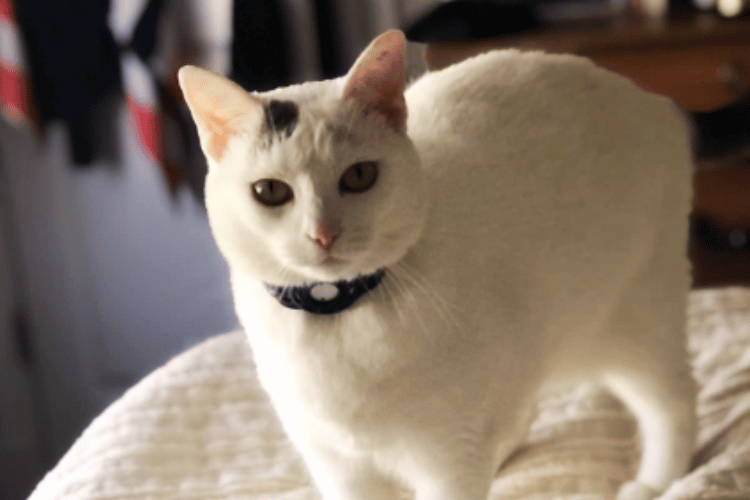
Post-bath, once the cat's fur is dry, the slicker brush plays a crucial role in fluffing up the cat's coat and ensuring that any remaining tangles are addressed. This is also an excellent time to distribute the cat's natural oils throughout their coat, which can be disrupted by the bathing process.
For cats that are averse to water, incorporating a self-cleaning slicker brush into their regular self-grooming routine can minimize the need for baths and help maintain the health and appearance of the cat's fur. Remember, the key is to make grooming a positive experience, reinforcing the bond between you and your cat while keeping their coat in top condition.
The Evolution of Slicker Brushes: From Basic to Self-Cleaning
The world of cat grooming tools is ever-evolving, and slicker brushes are no exception. The traditional slicker brush has been a staple in pet grooming for years, but recent innovations have led to the development of the self-cleaning slicker brush. This modern iteration allows for effortless removal of accumulated fur from the brush with a simple click of a button, making the grooming process quicker and more hygienic. It's a game-changer for pet owners who find the task of cleaning out the brush after each session tedious.
Moreover, the self-cleaning feature isn't just about convenience; it also promotes better hygiene for both the cat's skin and coat. By ensuring that old hair and potential irritants are not reintroduced to the cat's fur, these advanced brushes support a healthier grooming routine. They are particularly useful for cats that engage in self-grooming frequently, as they complement the cat's natural grooming habits by removing excess hair and reducing the likelihood of hairballs.
The Importance of Natural Oil Distribution in Feline Coats
A cat's skin and coat health are paramount, and slicker brushes play a crucial role in maintaining this balance. The act of brushing not only removes excess hair and potential mats from a cat's coat but also helps to distribute natural oils throughout the cat's fur.
These oils are essential for a shiny, healthy coat and can prevent skin irritation. For cats with a thick coat or a dense undercoat, regular brushing with a slicker brush ensures that these oils reach every layer of fur, providing a natural sheen and reducing the likelihood of skin issues.
For short haired cats, the benefits of using a slicker brush extend beyond just detangling. While these cats may not have the same grooming needs as their long-haired counterparts, the distribution of natural oils is still vital for their coat's luster and health.
The best cat brush for short-haired breeds will gently massage the cat's body while removing loose hair, thereby stimulating the skin and encouraging oil production. This process not only keeps the cat's hair in top condition but also contributes to a healthy, vibrant appearance that is indicative of good overall health.
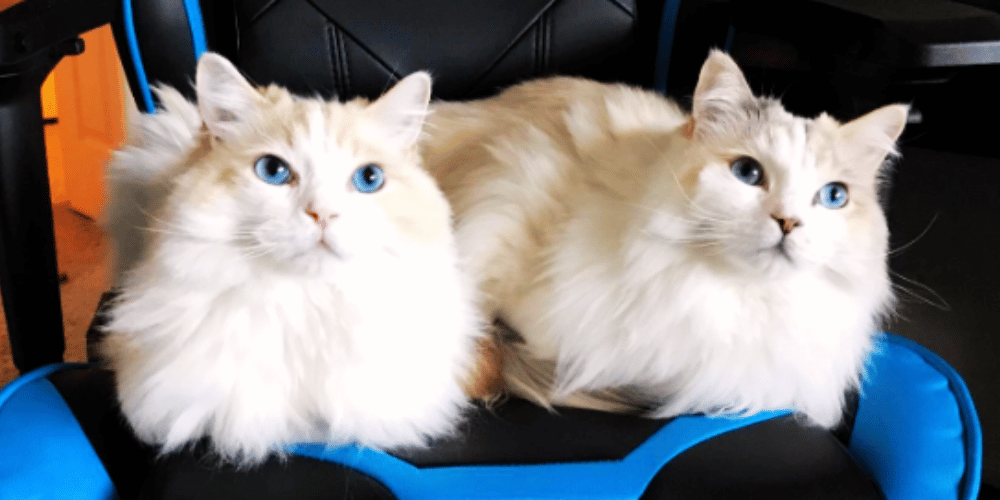
Combining Slicker Brushes with Other Grooming Tools
While slicker brushes are versatile, they should be part of a broader grooming toolkit. A flea comb with fine teeth can help detect and remove fleas, while a shedding comb is excellent for managing seasonal shedding.
Professional Groomer Insights
Professional groomers often use slicker brushes as part of their grooming arsenal. They can provide valuable advice on the best brush for your cat's specific coat type and grooming needs.
The Impact of Regular Brushing on Shedding
Incorporating a slicker brush into your cat's regular grooming routine can significantly reduce shedding. By removing excess hair, you'll notice fewer hairballs and a cleaner home environment.
Slicker Brushes and Skin Health
Brushing with a slicker brush not only affects the coat but also stimulates blood circulation, which can improve your cat's skin health. This increased blood flow can promote a healthier, more resilient coat.
When to Brush Your Cat
The best time to brush your cat is when they are calm and relaxed. For many cats, this is after a meal or during their natural grooming time. Establishing a routine can make brushing sessions more predictable and enjoyable for your cat.
Handling a Cat Who Dislikes Brushing
If your cat is averse to brushing, start with short sessions using a soft bristle brush or rubber brush. Gradually increase the duration as your cat becomes more comfortable, and always reward them with treats or affection.
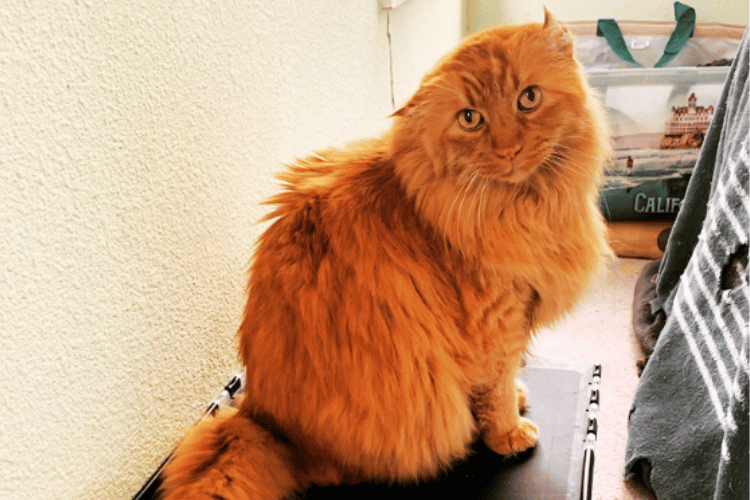
The Connection Between Brushing and Bonding
Brushing your cat regularly can strengthen your bond. It's a time for you to connect and for your cat to enjoy the attention and care you're providing. Make each grooming session a positive experience for your furry companion.
Slicker Brushes for Cats with Special Needs
Cats with disabilities or mobility issues may require extra grooming assistance. A slicker brush can be particularly helpful in maintaining their coat, as they may not be able to groom themselves as effectively.
The Debate: Slicker Brush vs. Furminator
The Furminator Undercoat Deshedding Tool is another popular grooming tool. It's designed to reach the undercoat and remove loose hair. Comparing it to a slicker brush, the Furminator may be more effective for some coat types, but it's essential to use it carefully to avoid over-grooming.
Maintaining Your Slicker Brush
To ensure your slicker brush remains effective, clean it after each use. Remove the collected hair and occasionally wash the brush head with soap and water. Proper maintenance will extend the life of the brush and ensure it's safe for your cat's skin and coat.
When to Seek a Professional Groomer
If your cat's coat becomes unmanageable or if you're unsure about the proper grooming technique, it's wise to consult a professional groomer. They can address severe matting and provide guidance on maintaining your cat's coat at home.
Summary
Slicker brushes can be an excellent tool for maintaining your cat's coat, provided they are used correctly. They are particularly beneficial for removing loose hair and preventing mats, especially in long-haired breeds.
However, it's crucial to select the right type of slicker brush and use it with a gentle technique to avoid irritating your cat's skin. Regular grooming with a slicker brush can contribute to a healthy, shiny coat and a happy, well-groomed cat.
FAQ Section
How often should I use a slicker brush on my cat?
The frequency of brushing depends on your cat's coat type. Short-haired cats may only need brushing once a week, while long-haired cats can benefit from brushing several times a week. Observe your cat's coat condition and adjust accordingly.
Can slicker brushes cause pain to my cat?
If used with too much force or on sensitive skin, slicker brushes can cause discomfort. Always use a light touch and be attentive to your cat's reactions during grooming sessions.
Are there any alternatives to slicker brushes for cats who don't like them?
Yes, there are alternatives such as rubber brushes, soft bristle brushes, and grooming gloves that may be more acceptable to sensitive cats. It's essential to find a tool that your cat is comfortable with to ensure a positive grooming experience.
Thank you for visiting LegitLists we hope this helps you make a legitimate choice!






